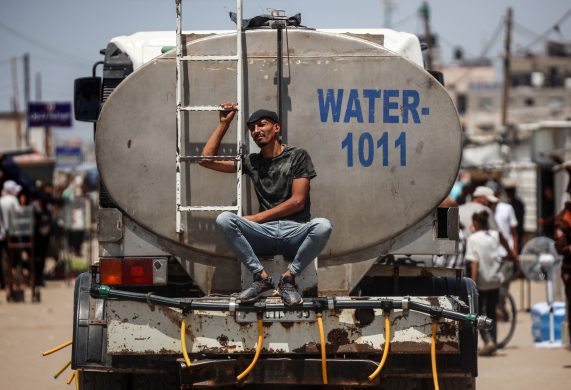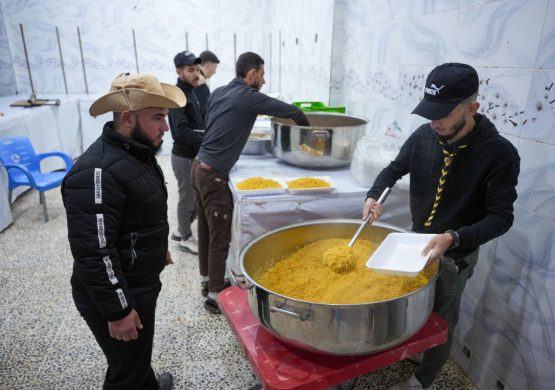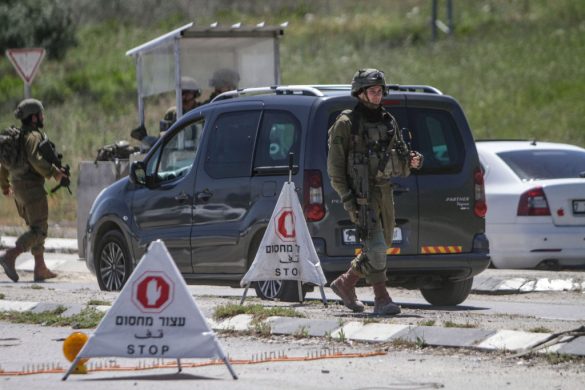GAZA, 23 January 2011 (IRIN) – Jihad Hamdona grows strawberries in Beit Lahia, northern Gaza, 800 metres from the Israeli border. He is hoping 2011 will be a better year for the farm.
The strawberry season runs from December until the end of February, and this will be the first season in four that he has been able to export his fruit.
Exporting has been restricted since June 2007, when militant group Hamas took control and Israel sealed its borders with Gaza, hoping to weaken Hamas and end rocket attacks into Israeli territory.
After protesters against the restrictions died on the Mavi Mara flotilla in May 2010, intense international pressure was brought on Israel to relax its blockade.
Easing measures have been introduced since June 2010, and imports into Gaza have gone up significantly. In December, Israel announced that a limited amount of cut flowers and strawberries – Gaza’s cash crops – could once again be exported to Europe, bringing hope of economic revival to the growers.
Hamdona and his family have produced strawberries on their five dunnams (5.000 square meters) of land for thirty years.
This season, he expects to harvest 850 kg of fruit and export it to Europe, increasing his annual income by around 30.000 new Israeli shekels (NIS) (8.350 US dollar).
– We are already living better now. I am able to repair my home and pay back the loans I took from friends over the past four years, he said, adding:
– We have not been paid yet, but we can go to the market and buy things because even if we do not have cash, the market traders know we are exporting and we have money coming in. During the export ban, when we had no cash, the market traders would not advance us any credit, so we went without.
According to the UN Office for the Coordination of Humanitarian Affairs (OCHA), between 28 November 2010 and 15 January 2011, a total of 157 truckloads of produce – 177 tonnes of strawberries, 2 millions stems of cut flowers, and sweet peppers – were allowed to leave Gaza.
After the blockade was tightened in June 2007, a total of 417 truckloads of strawberries and cut flowers left Gaza, compared to a monthly average of 1.086 truckloads recorded in the first five months of 2007.
The green hilltops near the Israeli border are dotted with untended (udyrkede) strawberry farms and the remains of orchards destroyed during years of military incursions.
Farmers whose land is in the “buffer zone” – a restricted military area along the border where there is daily live fire – take their lives into their hands while tending crops. An estimated 35 percent of Gaza’s farmland falls in the buffer zone.
There has been no relaxation of the blockade for Gaza’s fishermen.
In terms of the 1993 Oslo Peace Accord, Gaza’s maritime border should extend for 20 nautical miles, but under the 2007 blockade the nautical boundary was set at three miles.
Approximately 85 percent of Gaza’s maritime area also falls in the buffer zone, so despite having 40 km of Mediterranean coastline, Gaza imports fish from Israel.
Life still tough
Læs videre på http://www.irinnews.org/Report.aspx?ReportID=91701














